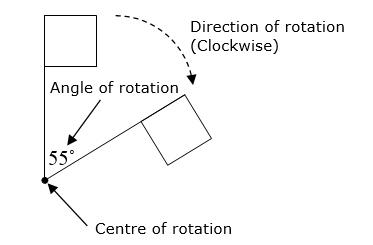UNSW: Secrets of the Bright Star Regulus Revealed
Posted: Tue Sep 19, 2017 6:24 pm
Secrets of the Bright Star Regulus Revealed
University of New South Wales | 2017 Sep 19
Polarization Due to Rotational Distortion in the Bright Star Regulus - Daniel V. Cotton et al
University of New South Wales | 2017 Sep 19
[img3="August’s total eclipse of the Sun with the star Regulus visible as a tiny blue dot in the lower left corner. The photograph was taken in Casper, Wyoming. Credit: jmsands57"]https://newsroom.unsw.edu.au/sites/defa ... ulus_4.jpg[/img3][hr][/hr]Almost 50 years after it was first predicted that rapidly rotating stars would emit polarised light, a UNSW-led team of scientists has observed the phenomenon for the first time.
They used a highly sensitive piece of equipment designed and built at UNSW Sydney and attached to the Anglo-Australian Telescope at Siding Spring Observatory in western NSW to detect the polarised light from Regulus, one of the brightest stars in the night sky.
The research has provided unprecedented insights into the star, which is in the constellation Leo, allowing the scientists to determine its rate of spinning and the orientation in space of the star’s spin axis. ...
Polarization Due to Rotational Distortion in the Bright Star Regulus - Daniel V. Cotton et al
- Nature Astronomy (online 18 Sep 2017) DOI: 10.1038/s41550-017-0238-6
